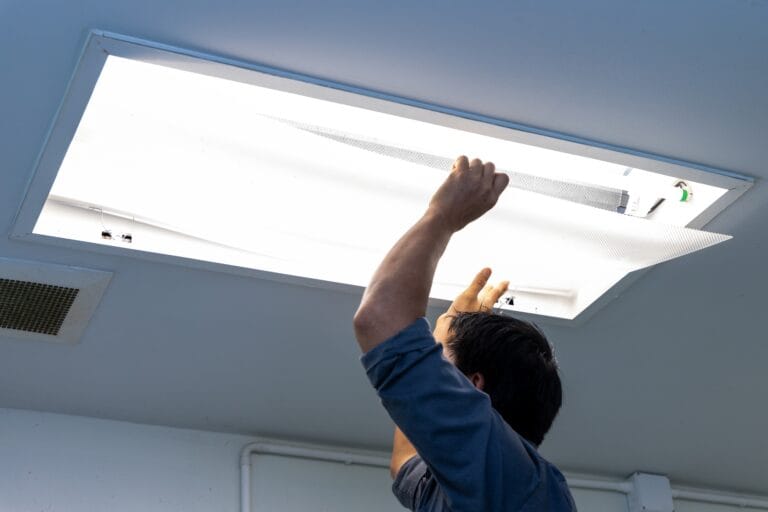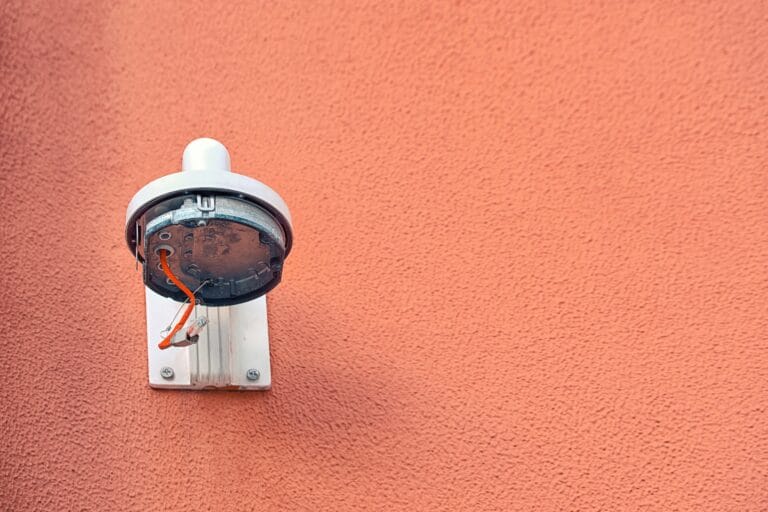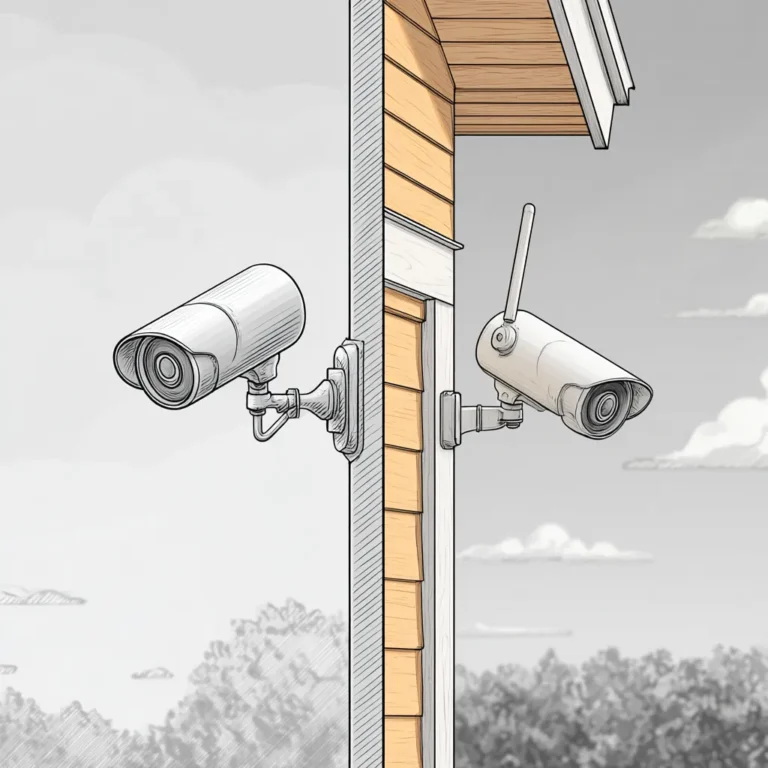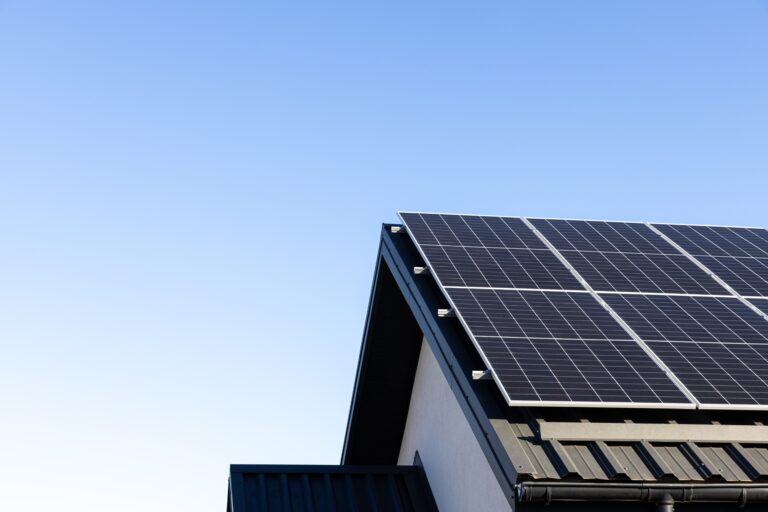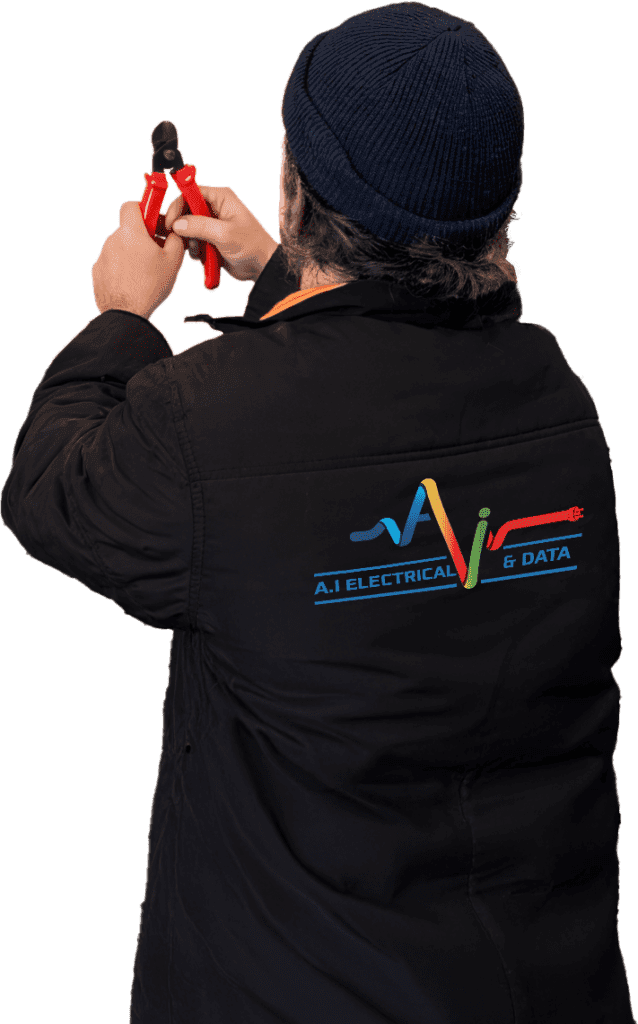Why is the Electricity Out in Part of My House?
Experiencing a partial power outage in your house can be both confusing and disruptive. Unlike a full blackout, a partial house power outage means electricity is available in some rooms or outlets but not others. Homeowners often ask, “Why is the electricity out in part of my house?â€â€”and the answer usually points to issues inside your electrical system.
Common Causes of Partial Power Outages
Common causes behind partial electric outages include:
- Tripped circuit breakers: Individual circuits may trip due to overloads, leaving specific areas without power.
- Blown fuses: Older homes with fuse panels can have similar problems if one fuse fails.
- Faulty wiring: Damaged or deteriorated wires often lead to uneven electricity distribution.
- GFCI outlet trips: Kitchens, bathrooms, and outdoor outlets are protected by GFCIs that cut power when a fault is detected.
The Importance of Addressing Partial Power Outages
A partial electricity loss in your house can interrupt daily routines and pose safety risks. Unattended issues may escalate into hazards—prompt attention and professional troubleshooting are essential for restoring full power safely.
When to Call an Electrician
For such situations, hiring a residential electrician could be beneficial. They can assist with everything from lighting issues to more complex electrical problems.
In case of an urgent electrical issue, it’s advisable to seek help from an emergency electrician, who can provide immediate assistance and ensure your home is safe and powered up again as soon as possible.
Understanding Partial Power Outages
A partial power outage—sometimes called a partial electrical outage in house or partial power loss in house—occurs when certain rooms or circuits lose power while the rest of the home remains operational. This differs from a complete power loss, where all electrical circuits shut down simultaneously due to issues like utility company disruptions or main breaker failure.
Key distinctions:
- Complete outage: No electricity throughout the entire property.
- Partial outage: Only specific outlets, lights, or appliances fail, often localized to one area or side of the house.
The Role of Tripped Circuit Breakers and GFCI Outlets
A tripped circuit breaker is a common culprit behind a partial power outage in house situations. When an electrical circuit experiences an overload or short, the breaker automatically shuts off power to prevent overheating and fire hazards. Resetting the affected breaker often resolves the issue, but persistent tripping signals deeper problems.
Ground fault circuit interrupter (GFCI) outlets, which are mandated in bathrooms, kitchens, garages, and outdoor locations, play a significant role in this scenario. These specialized outlets cut electricity instantly if they detect ground faults—unexpected flows of current outside normal paths—to protect against shock hazards. If a GFCI trips, it can cause a partial power outage affecting multiple downstream outlets on the same circuit. More about GFCI outlets can be found here.
Damaged Wiring and Its Consequences
Visible or hidden damaged wiring introduces serious risks for a partial outage in house environments. Frayed wires, loose connections, rodent damage, or corrosion can interrupt current flow to select areas without triggering any breaker—a scenario often described as “partial power outage in house no breaker tripped.” This poses unique challenges because identifying the exact fault requires careful inspection by trained professionals.
Ignoring damaged wiring increases fire risk and jeopardizes family safety. Prompt diagnosis limits further complications.
Symptoms of a partial power outage range from flickering lights to dead outlets concentrated in one zone. Recognizing these signs early makes professional intervention faster and more effective, restoring full reliability to your home’s electrical system.
Common Causes of Partial Power Outages
Unreliable power in only part of your home often points to specific electrical faults demanding immediate attention. Recognizing the most frequent causes helps you act quickly and avoid unnecessary risks.
Overloaded Circuits
Plugging too many devices into a single circuit strains your electrical system. Overloaded circuits create uneven electricity distribution, resulting in some rooms or outlets losing power while others remain operational. The circuit breaker may trip repeatedly, or outlets might feel warm—signs your system is under stress.
Example: Running a space heater, microwave, and hair dryer simultaneously on one circuit can overload it, cutting power to that zone.
Short Circuits and Ground Faults
Short circuits occur when a hot wire contacts a neutral or ground wire. Ground faults happen when electricity escapes its intended path—often through damaged insulation or faulty appliances. Both conditions instantly disrupt power to portions of your house, posing serious hazards:
- Fire risk: Damaged wiring or improper connections can spark fires within walls.
- Shock hazard: Exposed wires from ground faults threaten anyone nearby with dangerous shocks.
Partial power outage in house after storm? Water intrusion often causes short circuits or ground faults, especially if wiring gets wet behind walls or in crawlspaces.
Signs Pointing to Partial Power Issues
Homeowners should stay alert for these red flags:
- Lights flickering or dimming in specific areas
- Dead outlets while others work normally
- Unresponsive appliances in one room but not others
- Circuit breakers that trip repeatedly for the same part of the house
- A faint burning smell near outlets or breaker panels
Rapid identification keeps you ahead of escalating risk and ensures prompt restoration by qualified professionals.
Troubleshooting Partial Power Outages Safely and Effectively
Seeking Professional Help
When facing a partial power outage in your home, enlisting the help of qualified electrician services is crucial. Professionals have the expertise to identify and safely resolve complex electrical issues, eliminating risks associated with DIY troubleshooting. They can pinpoint underlying causes such as damaged wiring, faulty breakers, or overloaded circuits that might not be immediately apparent to homeowners.
Basic Safety Precautions
Before attempting any inspection or minor troubleshooting, prioritize safety by following these essential precautions:
- Turn off the main power supply: Always shut off the main breaker before inspecting outlets or switches. This step prevents accidental electrocution and ensures a safer inspection environment.
- Use appropriate tools: Ensure you have insulated tools designed for electrical work to avoid unnecessary hazards.
- Avoid water contact: Never inspect electrical components with wet hands or in damp areas. Water increases the risk of electrical shock.
Common Scenarios
Understanding specific scenarios such as a partial power cut, partial power outage after storm, or partial power outage during storm highlights the complexity of electrical systems. These situations often require professional intervention due to potential hidden damages caused by external factors.
Identifying issues like a partial power outage in an apartment or experiencing a partial power outage with no breaker tripped further underscores the importance of seeking expert assistance. Electricians have the knowledge and tools necessary to diagnose and correct these anomalies efficiently.
By adhering to these guidelines and involving professionals, homeowners can ensure their safety while effectively addressing partial power outages in their homes.
Steps to Take When Inspecting Your Home’s Electrical System for Faults
1. Circuit Testing
Circuit testing is an essential step in identifying faults within your home’s electrical system. By using a multimeter or a circuit tester, you can measure voltage and continuity to determine if there’s a problem with specific circuits. This process involves:
- Checking for Voltage: Confirming that each circuit is receiving the correct voltage.
- Testing Continuity: Ensuring that there are no breaks in the wiring which could lead to a partial power outage at home.
Regular circuit testing helps pinpoint areas where faults may exist, allowing targeted repairs and preventing further electrical issues.
2. Wiring Inspections
Visual inspection of your home’s wiring is crucial for detecting any signs of wear, damage, or loose connections contributing to a partial outage. Key steps include:
- Inspect Outlets and Switches: Look for discoloration, scorch marks, or unusual heat as these can indicate underlying electrical problems.
- Check for Loose Connections: Ensure all wiring connections are secure. Loose wires can create intermittent power issues.
- Examine Wiring Condition: Look for frayed or damaged wires which could lead to short circuits or ground faults.
By thoroughly inspecting wiring throughout your home, you can identify potential hazards early and address them before they escalate into more severe issues. AI Electrical & Data provides insights into some warning signs that your home’s wiring might be unsafe.
3. Partial Outage Diagnosis
When diagnosing a partial power outage in my home, it’s essential to combine circuit testing with thorough wiring inspections. This approach ensures that both visible and hidden faults are identified and resolved promptly. In some cases, contacting a professional electrician can provide additional expertise and safety assurances.
Regular maintenance and proactive inspections play a significant role in maintaining the integrity of your home’s electrical system, reducing the risk of experiencing partial power outages in the future.
Restoring Full Power Safely with Professional Help
Breaker repairs are essential for restoring electricity to the parts of your home that are affected. When a breaker fails or gets damaged, it can cause entire circuits to lose power. Some signs that indicate a faulty breaker are frequent tripping, a breaker that won’t reset, or visible scorch marks near the panel. In such situations, it’s important to seek professional help to ensure the repair is done correctly.
The Role of Qualified Electricians
Qualified electricians can quickly determine if a breaker needs to be repaired or completely replaced. They have the expertise and specialized tools to conduct thorough tests on the breaker, checking for any internal faults and ensuring safe operation before restoring power.
It’s important to note that attempting DIY repairs on breakers can be extremely dangerous. Breakers carry hazardous voltages, and any mistakes made during the repair process can lead to serious injuries or even fires.
What Professional Teams Offer
When you hire professional teams for breaker repairs, you can expect:
- Safe removal and installation of breakers
- Strict adherence to safety standards
- Complete restoration of power without affecting other circuits
Every repair job is carried out promptly, minimizing downtime and ensuring the security of your property. Once the professional electricians finish repairing the breakers, they can also provide guidance on prevention strategies to keep your electrical system reliable in the long run.



